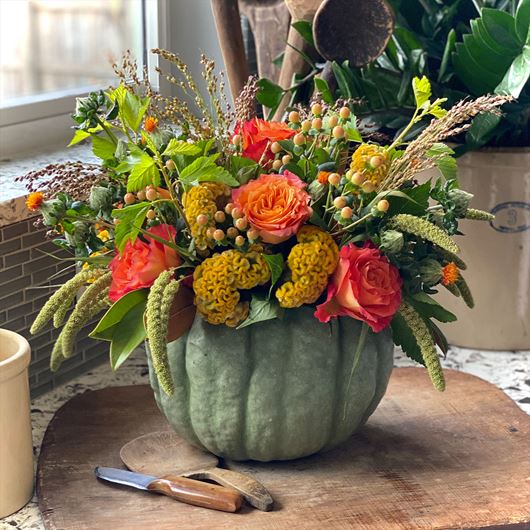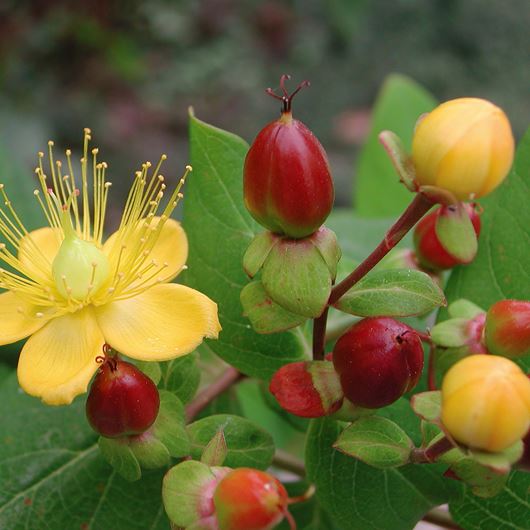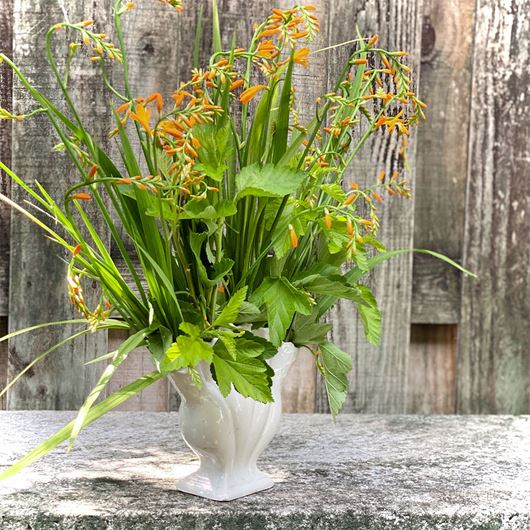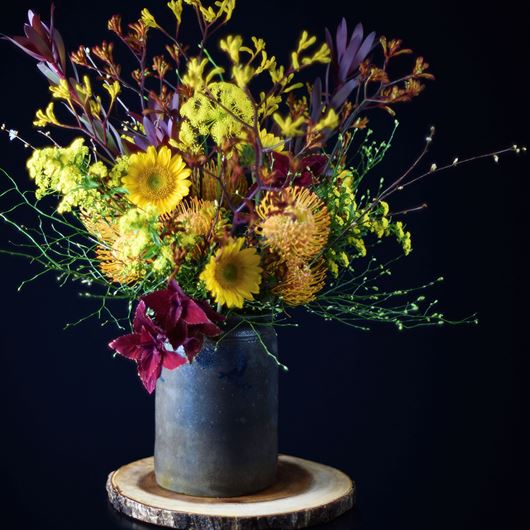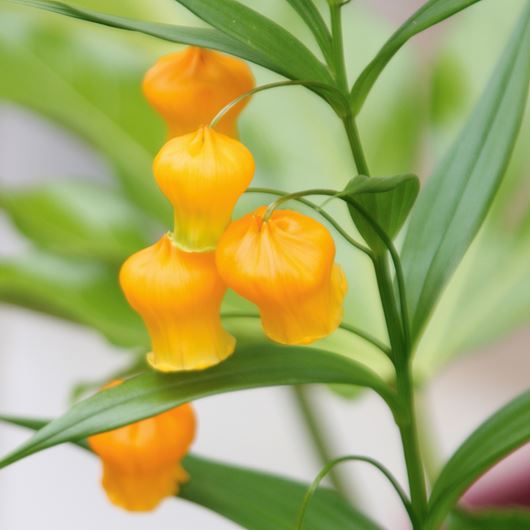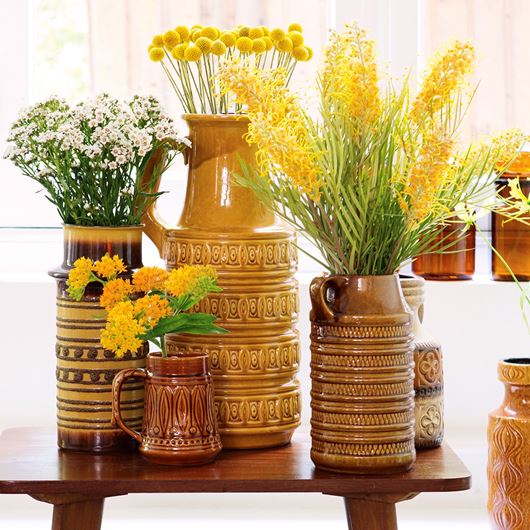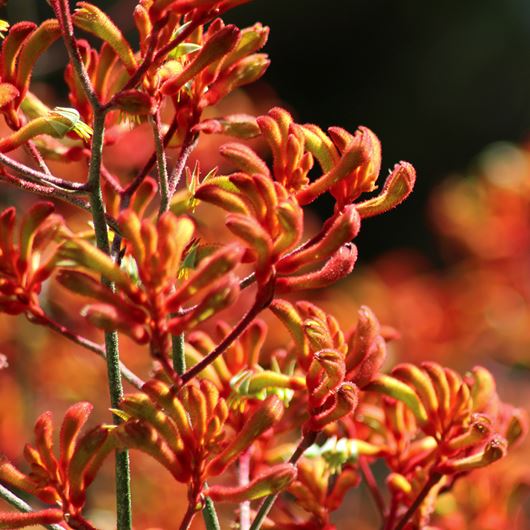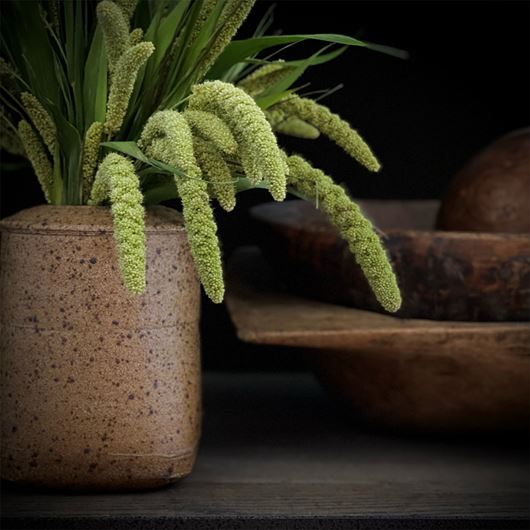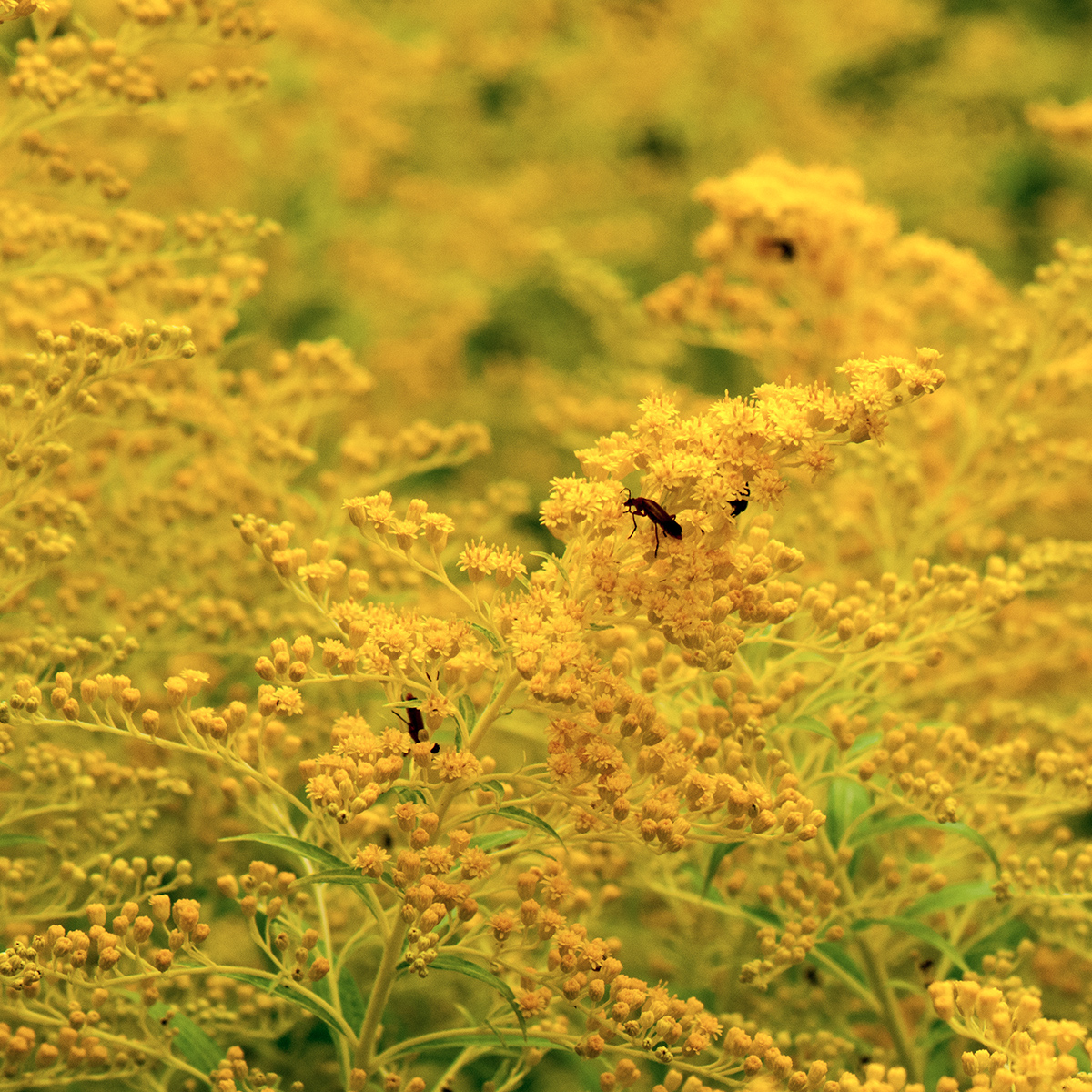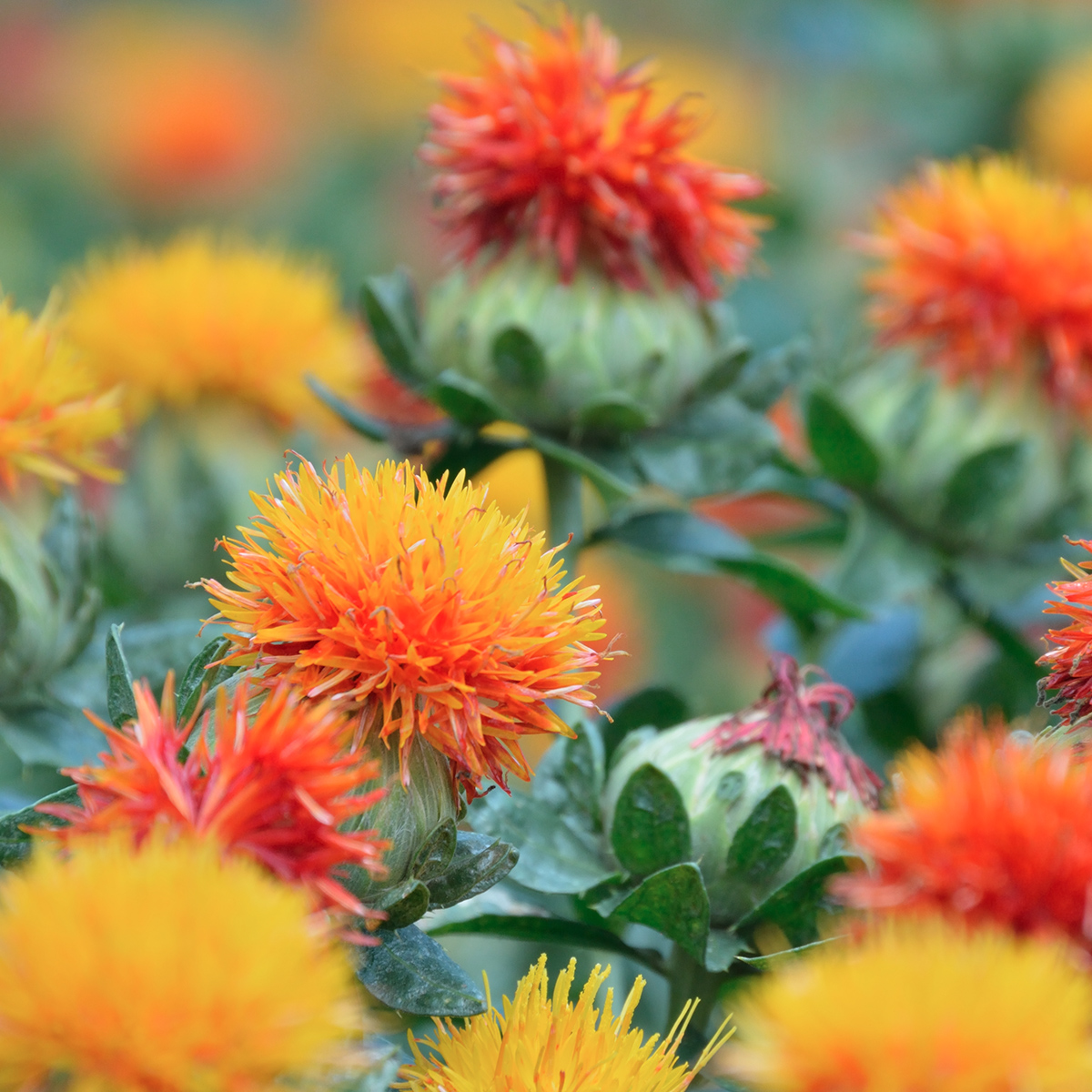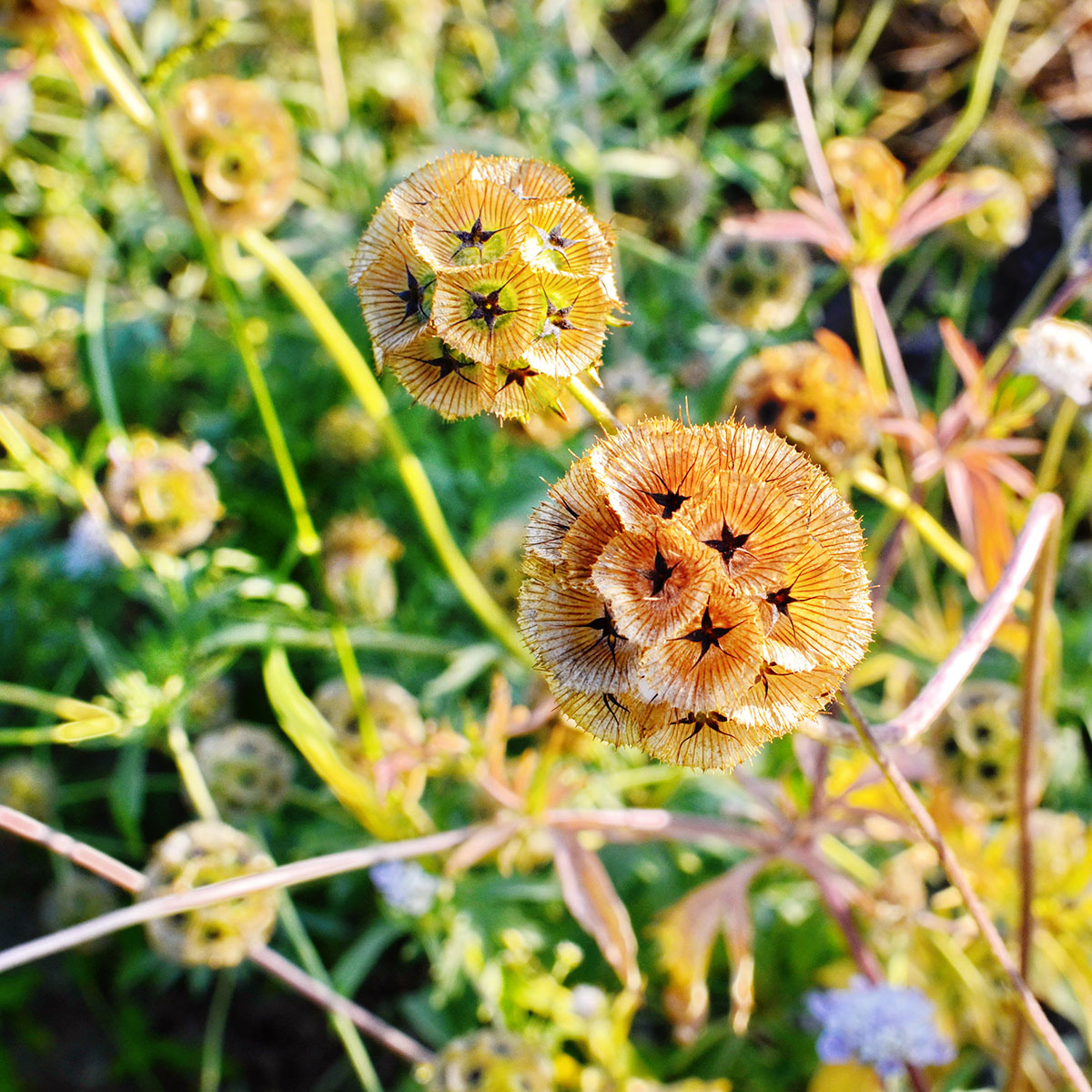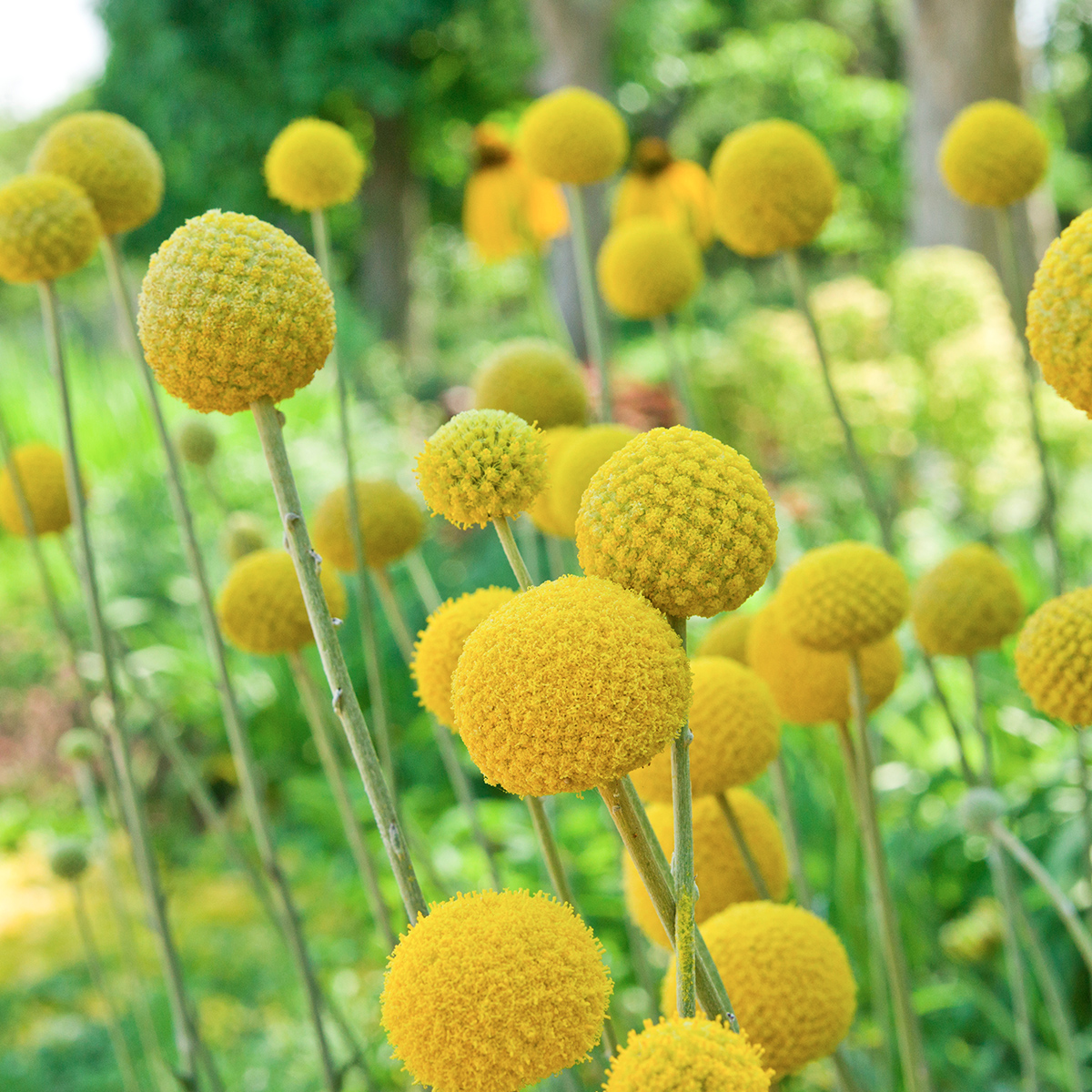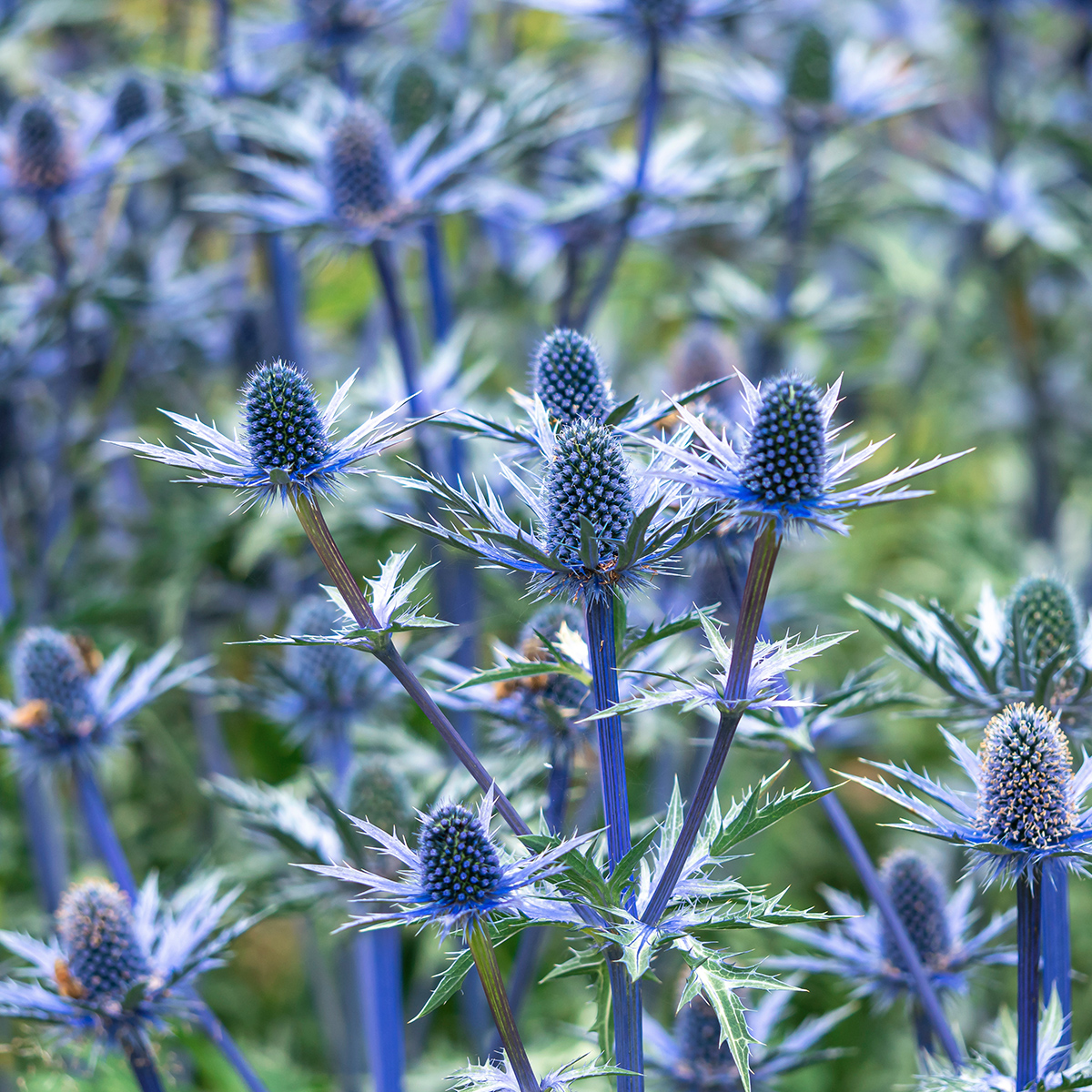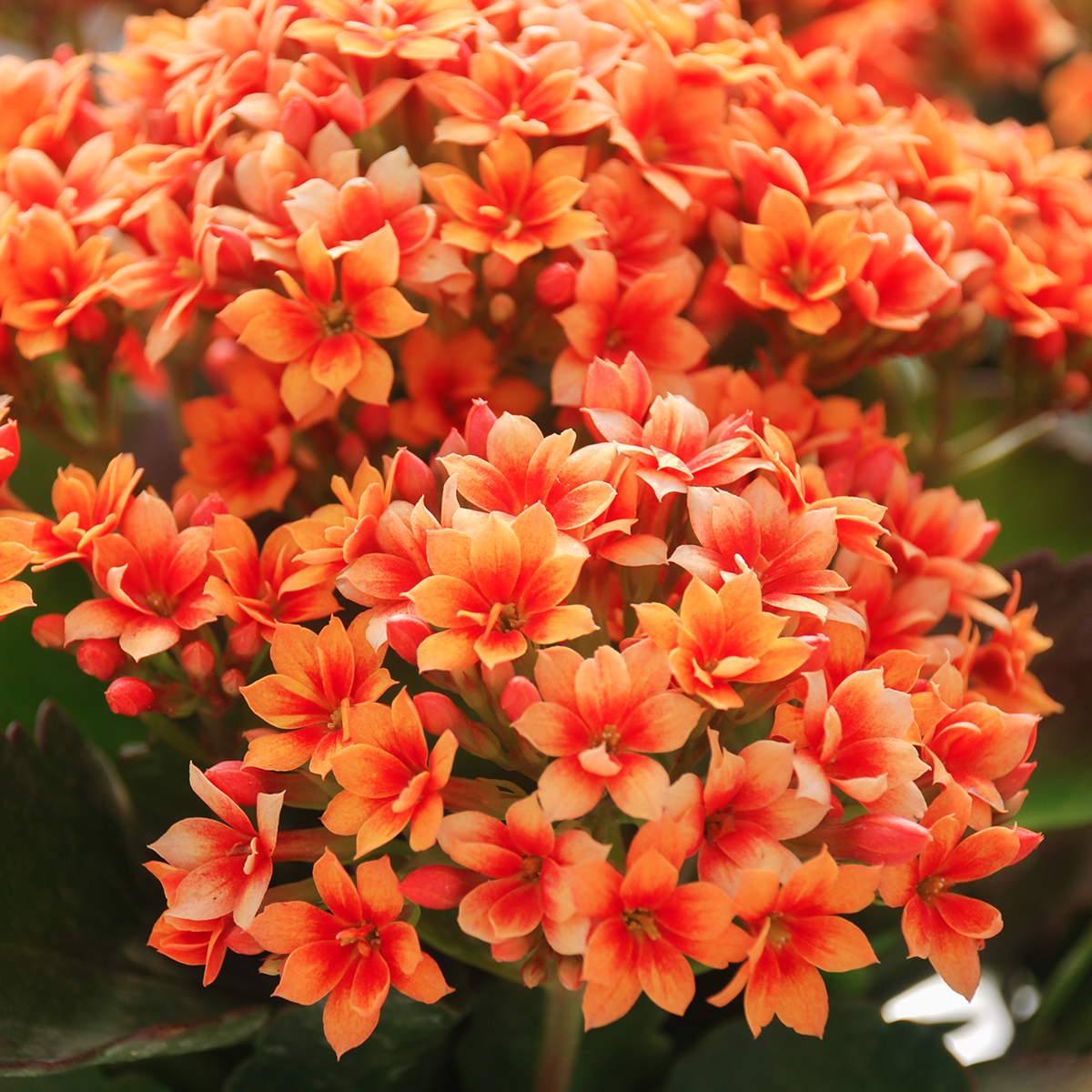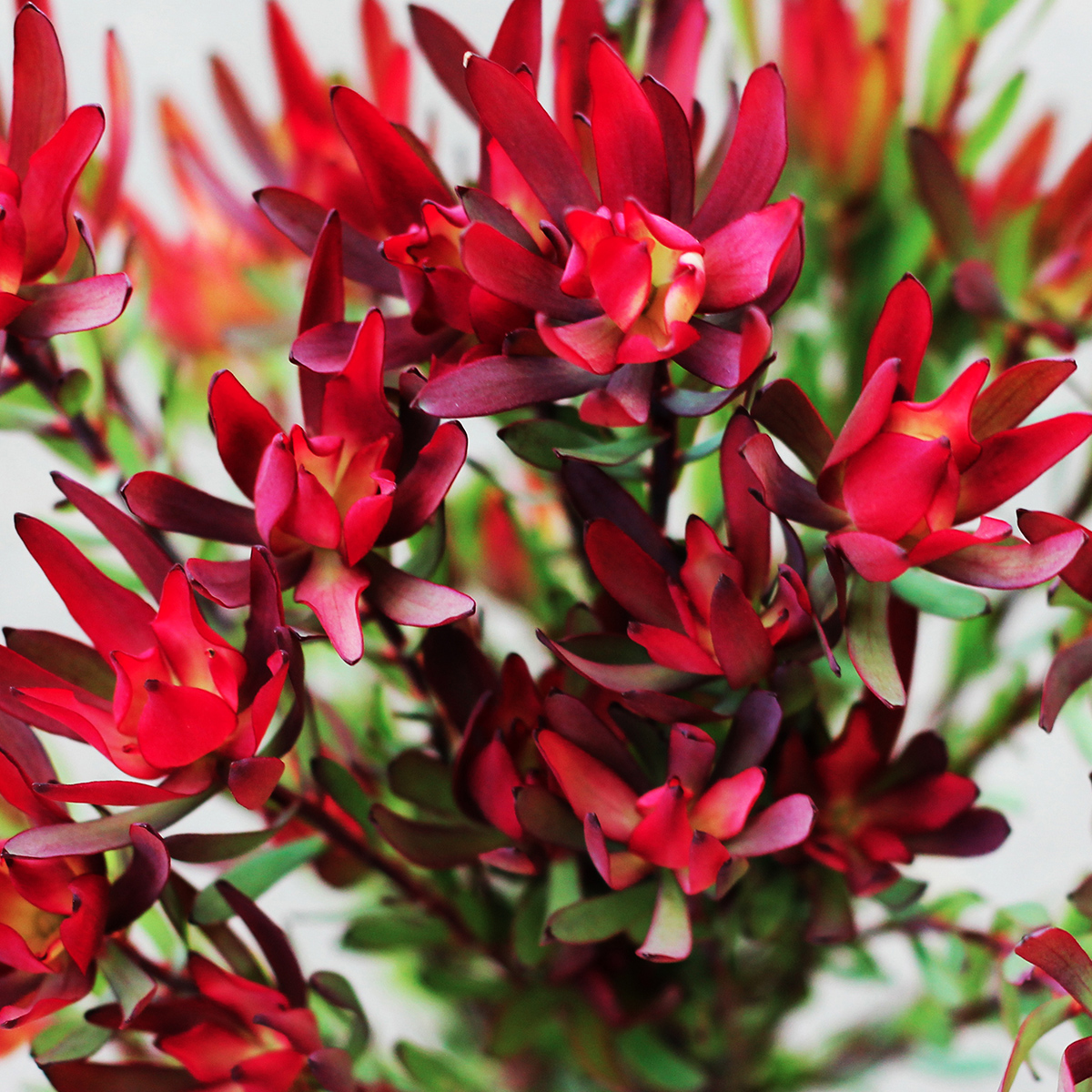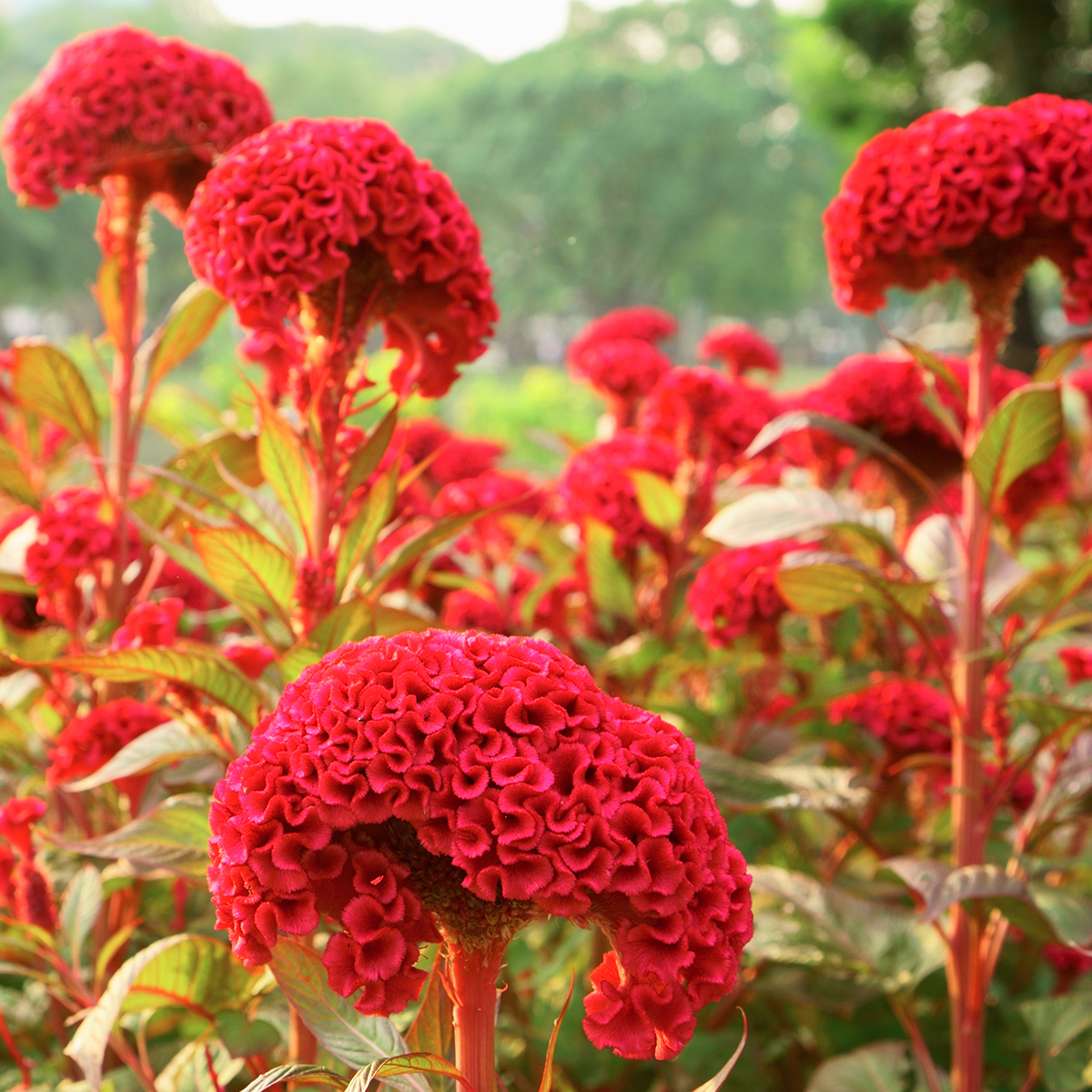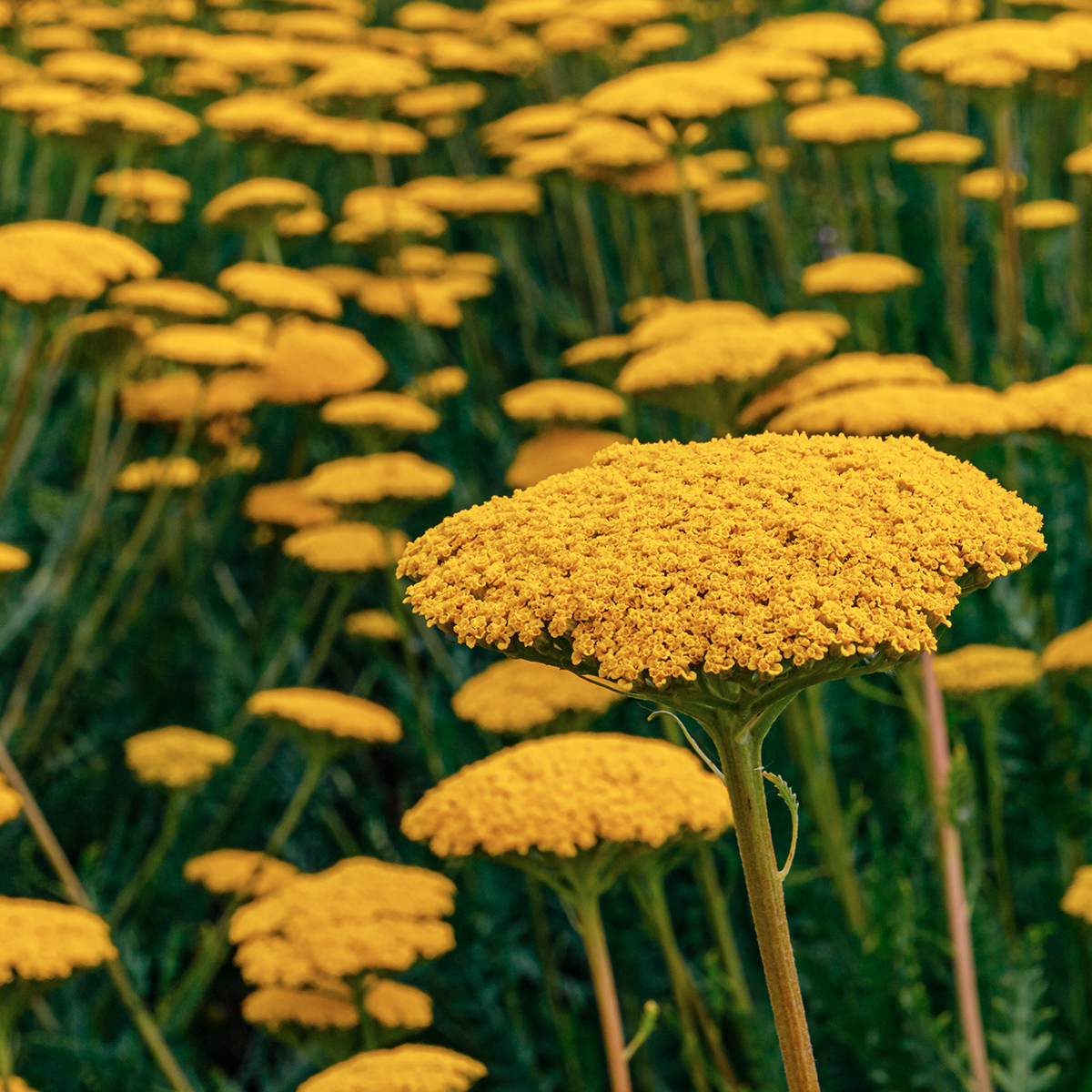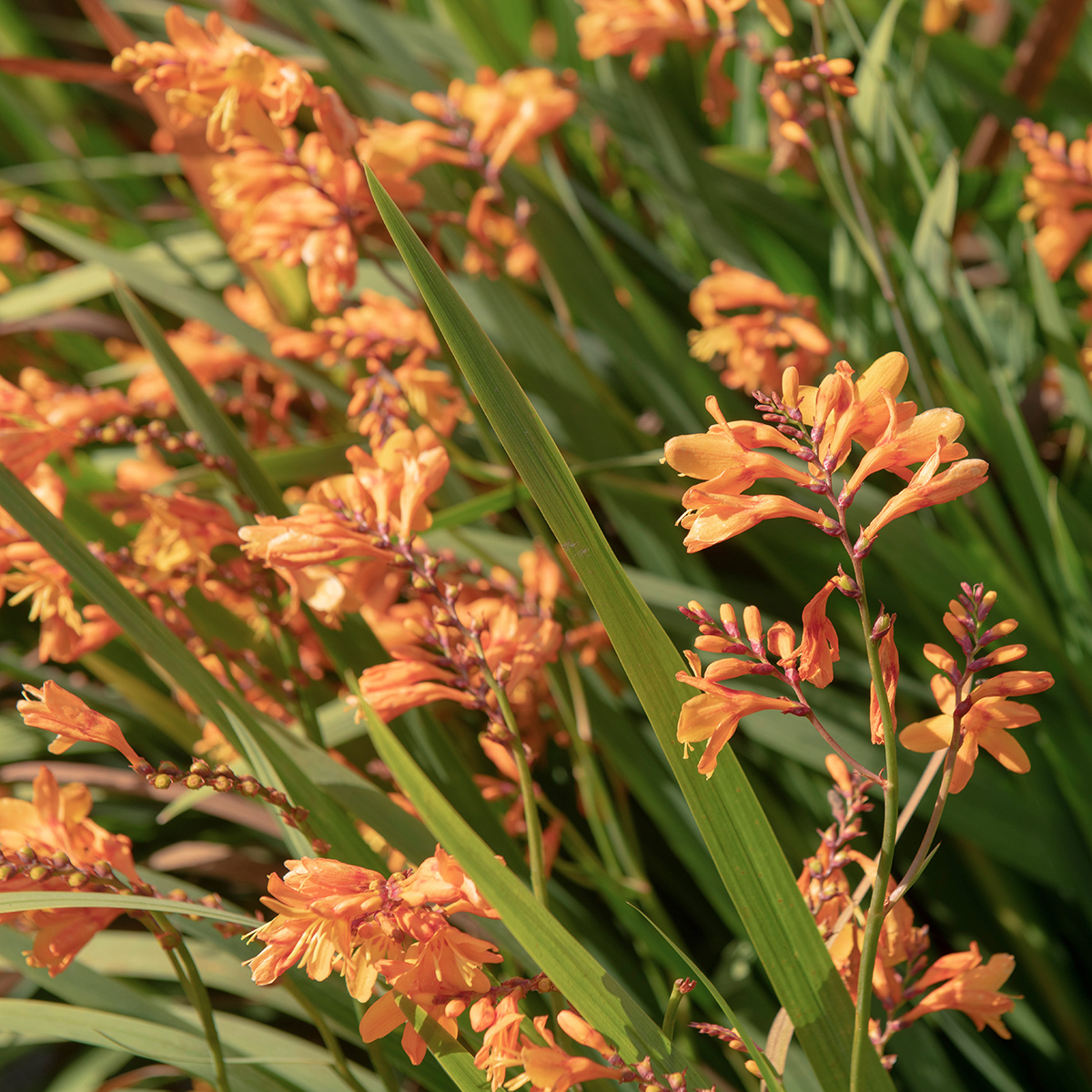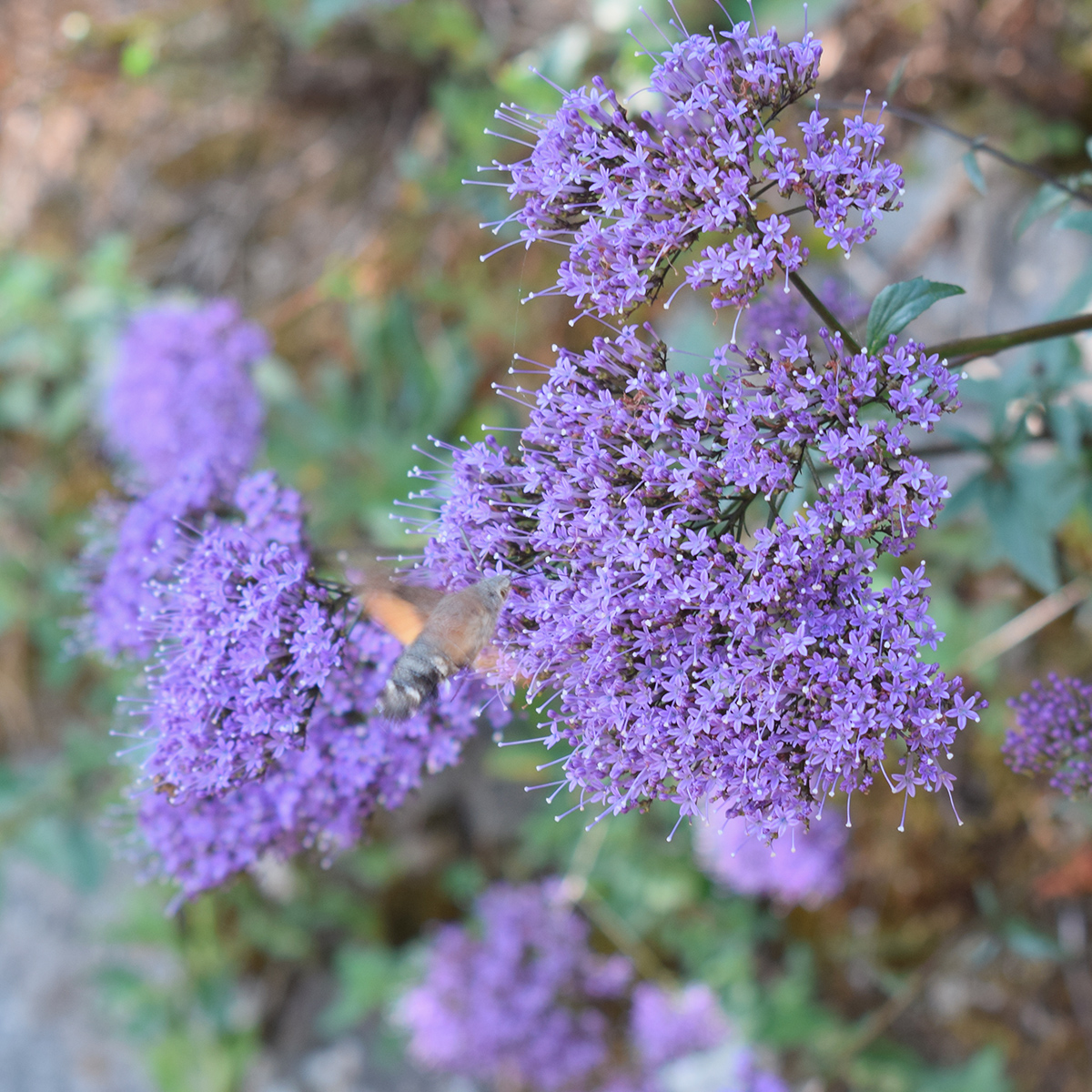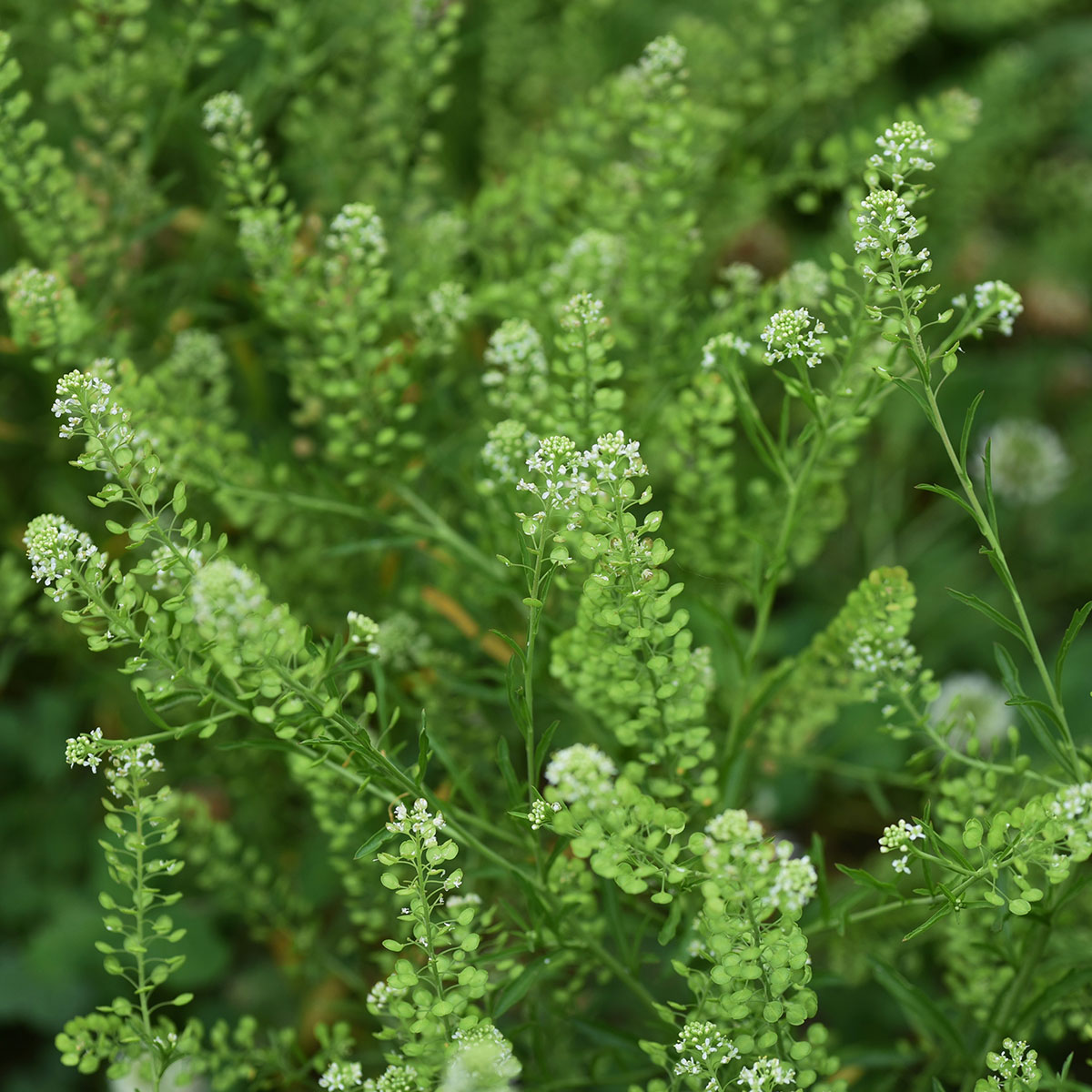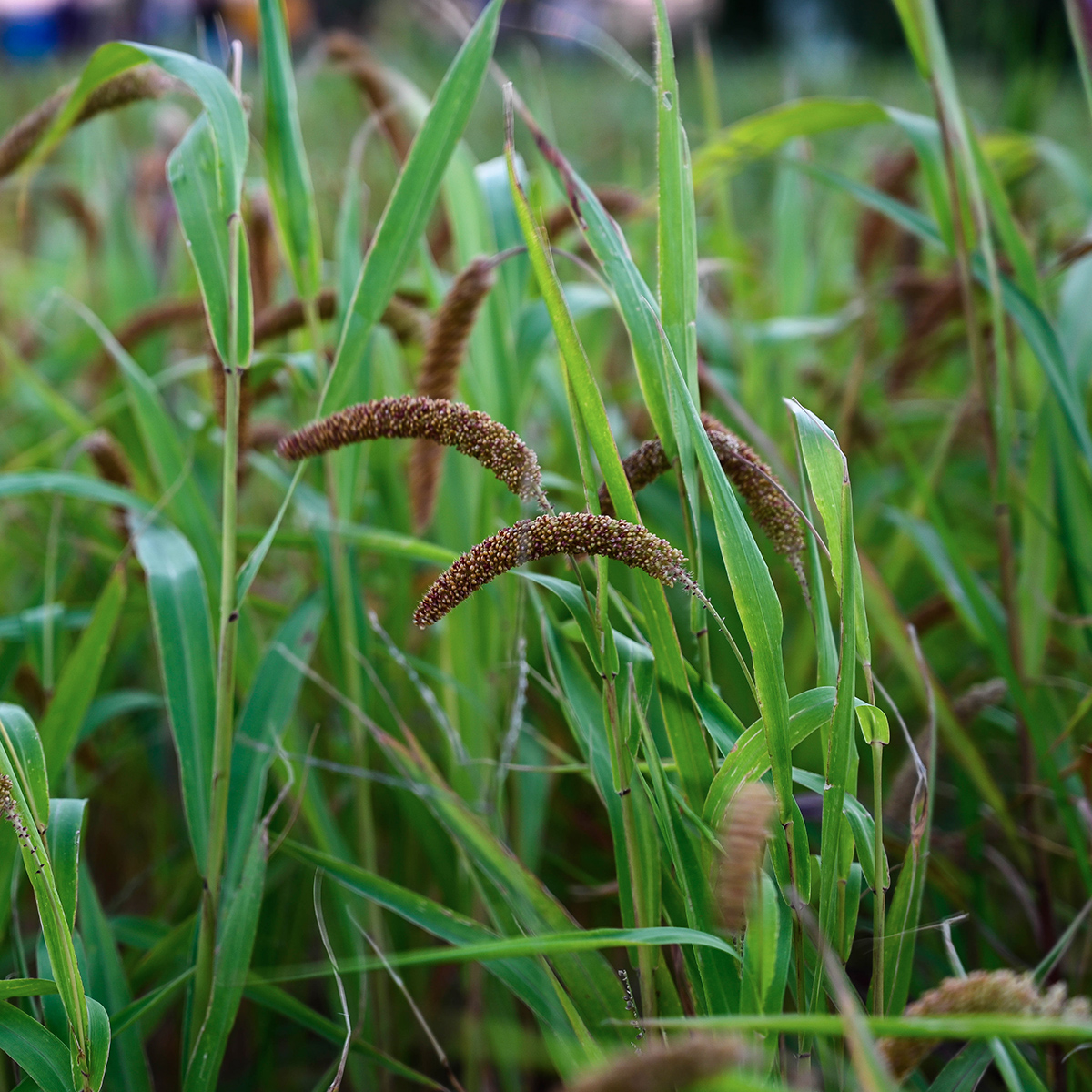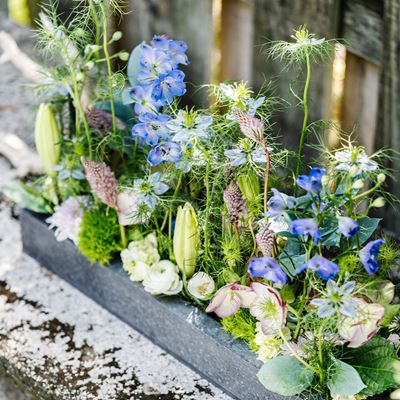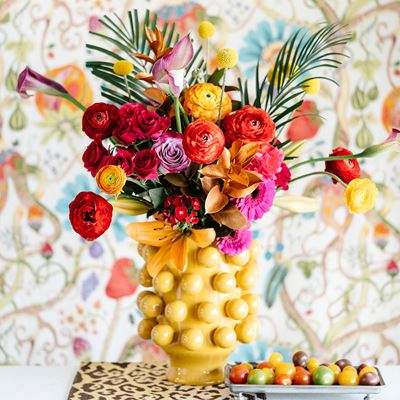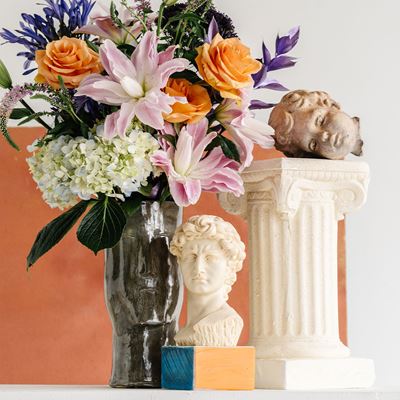Completing our 2023 lookbook series, our sixth and final trend, ATMOSPHERIC, pays homage to our planet's habitats at large. This trending macro view gathers an immersive palette of cool hues, borrowed from the oceans and forests, and pairs it with glowing bright white.
Create Some Seasonal Fanfare with Our Essential Guide to Fantastic Fall Fillers
As the days grow shorter and temperatures cool, we look to flowers and foliage as harbingers of the fall equinox. While we continue to work with many of the same blossoms in a year-round sense, it's the autumnal accents that can make a bouquet or arrangement more appropriate for the change of season.
Here's a list of our favorite fillers that can make the difference:
SOLIDAGO. Sun-loving Solidago is a wispy perennial herb cherished for both its medicinal and ornamental uses. Endemic to North and South America, it grows from thick rhizomes and its stems are decorated with abundant clusters of tiny florets, usually yellow or gold in color (hence the common name goldenrod). These characteristics make Solidago a favorite among designers—especially during the fall—for providing volume and wildflower-like beauty to fresh and dried arrangements.
KANGAROO PAW. This Australian native is sure to turn some heads! Kangaroo paw has struck great interest as a cut flower in recent years, most likely for its quirky-good looks. As its common name suggests, kangaroo paw is known for its clusters of distinctively hairy, tubular flowers that resemble—you guessed it—kangaroo paws. With their long stems, fuzzy texture and fiery colors, these flowers add depth and whimsy to contemporary designs. They also pair effortlessly with decorative foliage, like Leucadendron, and other exotic flowers, such as Anthurium or Protea.
HYPERICUM. Are they buds or blossoms? For floral designers, they are both and neither. More than a foliage filler, yet not quite a flower, Hypericum offers the unexpected texture of ripe berries amid star-shaped flowers, dense leaves and leggy branches. Modern cultivars used year-round can range in leaf color and in the size and tone of their berries (which includes red, orange, peach, yellow, green and white hues). Yet, its peak popularity is in the fall, where Hypericum stems in assorted autumnal shades add depth and panache to seasonal bouquets and arrangements.
SAFFLOWER (CARTHAMUS). Safflower's exquisitely textured blooms are a floral designer's dream. Generally used as a filler, safflower features uniquely spikey, blood-orange blossoms that emerge from one thistlelike, green globe. Although it may seem to hide behind some of the more eye-catching elements in an arrangement, its highly branched stems add wispy texture and mass that are often hard to achieve otherwise.
SCABIOSA PODS. This small but hardy plant packs a big punch, both in its looks and versatility. Scabiosa pods are the seed pods of Scabiosa (or pincushion) flowers; these are made up of pockets of small circles that combine to form a singular, ball-shaped head. As a decorative filler, Scabiosa pods offer light texture and movement to fresh or dried arrangements and bouquets.
CRASPEDIA. Boasting a novel silhouette and playful charm, it's easy to understand the fascination behind nature's drumsticks. Craspedia's most notable characteristic is the vibrant, ball-shaped flower cluster that forms at the top of each of its slim, unbranched stems. These elements combined form that drumstick-like appearance, making Craspedia a worthy choice for adding intriguing texture, vertical interest and a pop of yellow to arrangements. Its stems also dry easily and retain much of their color when preserved.
ERYNGIUM. This flowering herb is just as prized for its exquisite color as its rare shape! Eryngium, also known as blue thistle or sea holly, features cone-shaped flowering heads that are encased by spiny bracts. These are usually steel-blue or purple in color, but white cultivars (although uncommon) also exist. Today, Eryngium remains a favored choice among floral folk as a versatile filler; its well-branched and highly textured stems can shine well on their own, or they can combine with other blooms to supplement a fall look.
KALANCHOE. Given its low-maintenance nature, hardy resilience and vast color availability, Kalanchoe has become an incredibly popular cut flower and garden ornamental. With over 125 herbaceous perennials and shrub species under its genus, its bushy plants (which are considered as succulents) feature large, waxy leaves and are topped with clustered umbels of tubular flowers. These florets come in a variety of brilliant tones, which are especially sought after during the fall and winter seasons.
SANDERSONIA. Native to South Africa, Sandersonia is known for its attractive, lantern-shaped blossoms (usually in orange or orange-yellow hues) that hang softly from its long, slender stalks. Its common names of Christmas bells and Chinese lantern lilies reference this unique shape. Some say good things never last, but this certainly isn't true of Sandersonia! Favored for its impressive longevity, these flowers have become increasingly trendy as striking linear stems as well as pendulous fillers.
LEUCADENDRON. Beloved for its long vase life and striking foliage in classic autumnal shades, Leucadendron is an evergreen shrub that is used primarily as a decorative cut green. Its lengthy stems are covered in long and oblong, waxy-green leaves that are often flushed in red, burgundy or yellow. Also, what are commonly referred to as the plants' "flowers" are in fact heads composed of woody, brightly-colored bracts (which may surround a small cone or flower). In fall displays, pair Leucadendron with seasonal flowers for a rustic feel.
CELOSIA. This exotic stunner continues to steal the hearts of floral enthusiasts around the world. Known for their crazy colorful and eye-catching blooms, Celosia flowers come in a variety of shapes, sizes and colors. One of the most popular cut species, Celosia cristata (aka crested Celosia), is recognized for its brain-like form that is often compared to a cockscomb (which is also its common name). Its wrinkled, velvety coils are generally available in red, pink, orange or yellow tones, and are perfect for adding character and textured volume.
YARROW (ACHILLEA). A first aid plant with wildflower appeal, Achillea (commonly referred to as yarrow) is an herbaceous perennial native to temperate regions of North America, Central Europe and Asia. This hardy plant features loosely hairy stems topped with flowering heads (either white, yellow or gold in color). For centuries, Achillea has been used for its medicinal properties, especially by Native Americans and U.S. soldiers to treat wounds and other physical ailments. Nowadays, it is a prized ornamental flower, working well as an accent in both fresh and dried arrangements.
CROCOSMIA. Crocosmia heralds fall celebrations with its ornamental blooms in bright red, orange and yellow hues. Originating from the grasslands of South Africa, its genus is enormously diverse, featuring over 400 cultivars and hybrids of flowering corm plants. Most Crocosmia varieties are referred to as shooting stars, which is especially fitting given the star-shaped florets that fall delicately from the plants' arched stems.
TRACHELIUM. Delicate and intricate, Trachelium stuns with its dense cushions of blue-violet blooms that exude lacelike charm in floral displays. It may not be a common element in contemporary recipes, but it is slowly being used more regularly as an accent flower in bouquets and centerpieces. Given its broad, umbrella-like wingspan and romantic allure, florists are selecting Trachelium to add airy texture and a touch of color to their designs.
LEPIDIUM. Lepidium's simultaneously robust and delicate stems accentuate fresh or dried fall florals with ease. Also referred to as peppercress or peppergrass, this unique and long-lasting filler offers fine, airy texture and zesty green color to arrangements. To add soft yet full volume to well-balanced bouquets, combine Lepidium with other seasonal focals in earthy or jewel-toned hues.
SETARIA. Setaria (or millet) is a must-have for fall. Once an ancient food crop turned fashionable filler, Setaria is an annual grass known for its long and showy flowering spikes. Its ornamental forms usually produce purple to maroon-colored blossoms, while most pearl millet cultivars demonstrate white or cream-colored inflorescences. Given its distinctive shape and voluminous form, Setaria (fresh or dried) provides airy contrast and strong vertical interest to seasonal decorating.
